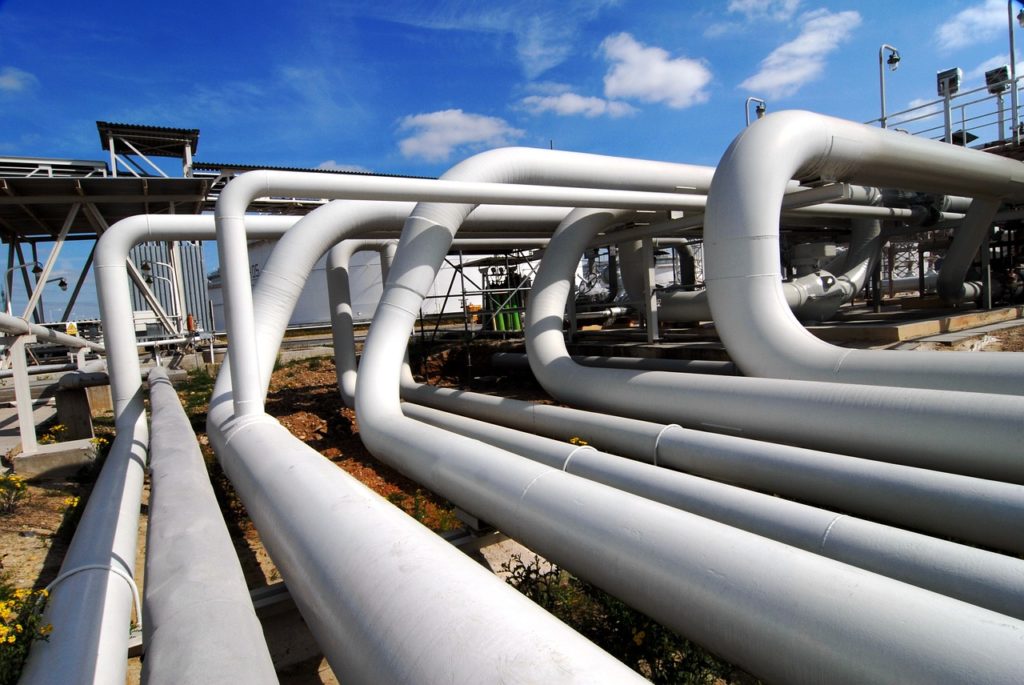
The situation
Natural gas from gas wells are full of by-products that affects its safety and usability. Two such products are water and acid gases such as carbon dioxide (CO2) and hydrogen sulphide (H2S). Gas processing plants often use solvents such as amine and glycol to absorb these contaminants, thus removing it from the gas stream.
A solvent loop is set up, where the solvent first absorbs these by-products in the absorber, then releases it in the regenerator. It is essential that the solvent is free of contaminants such as particles and dissolved hydrocarbons, as
- Hydrocarbons and particles can cause foaming which reduces performance of the absorber
- Particles can cause erosion to piping and other equipment, reducing its lifespan
The system
A typical system is as shown below:
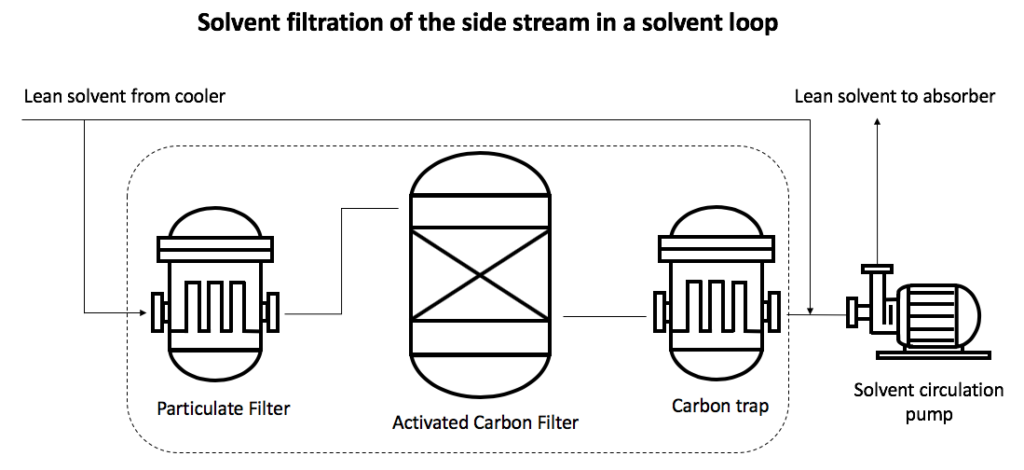
Operators usually filter a 10% side stream of the chilled, lean solvent before it reenters the absorber. It involves the following:
- Particulate filtration to remove particles 5μm and above. This prevents blocking of the active sites on the downstream carbon filter
- Activated carbon filtration to remove dissolved hydrocarbons
- Particulate filtration to remove fine carbon dust from the activated carbon filter
These are usually run in a 2×100% configuration, to ensure availability during filter media changeout.
How we can help
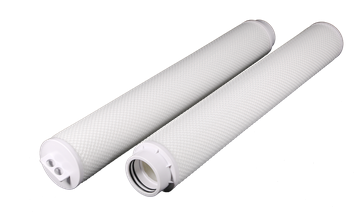
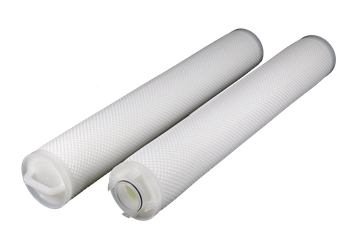
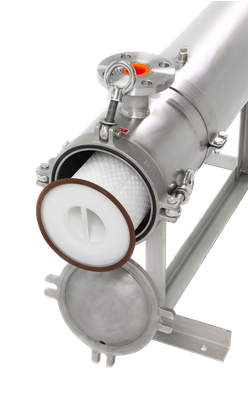
We have a complete range of Filtrafine® filter cartridges and housings for this application. Typically, solvent loops in the oil and gas industry involves very high flow rates, due to the high throughput of natural gas. If you are having to filter a large amount of solvent, look no further than Filtrafine® high flow series filter cartridges. Some features, advantages and benefits can be summarised below.
Features
Wider (6") diameter cartridge with center core
Higher surface area per installed cartridge
Less cartridges installed per housing
Advantages
Lower pressure drop for the same flow rate
Smaller housing and less structural steel needed
Reduces plant personnel’s exposure to hazardous environments
Benefits
Decrease in pump duty and utility cost
Decrease in total footprint and capital cost
Increase plant safety and uptime
For more information check out the links below,
NHF Series High Flow Filter Cartridge
LHF Series High Flow Filter Cartridge
We’d love to hear your opinions, comments and thoughts so please feel free to comment below. If you would like us to work on your filtration issues, please drop us an email and we’d be happy to!
![]()